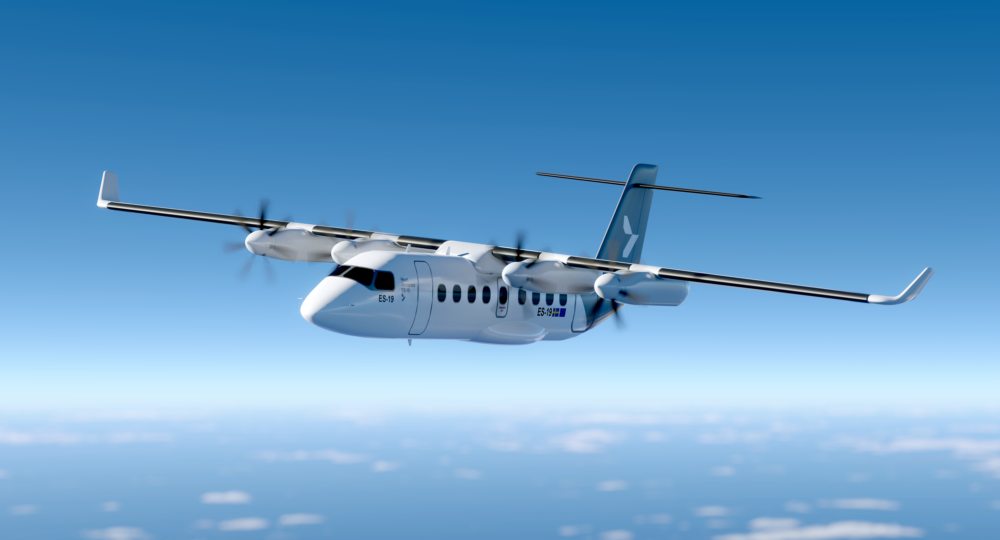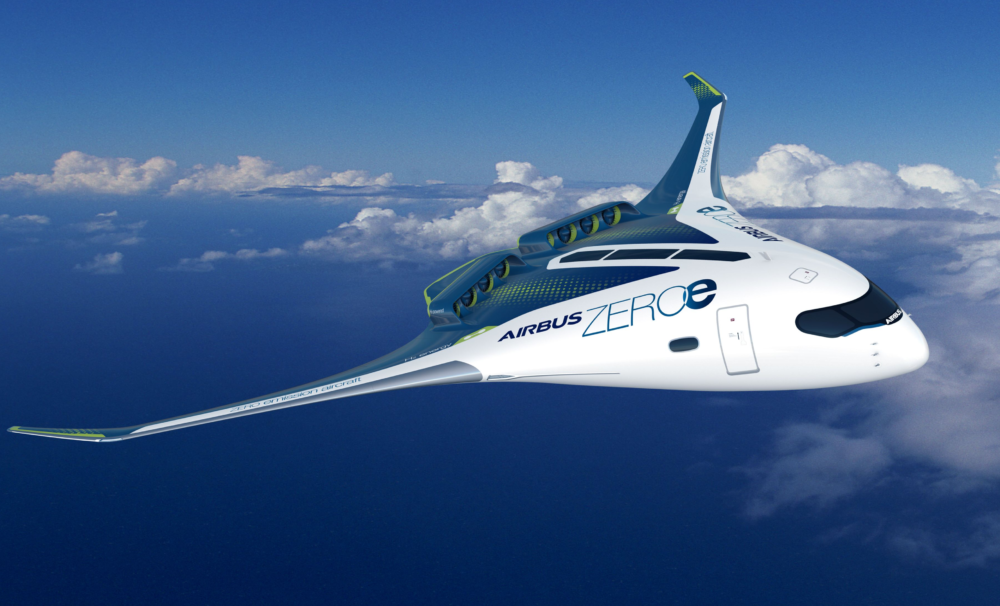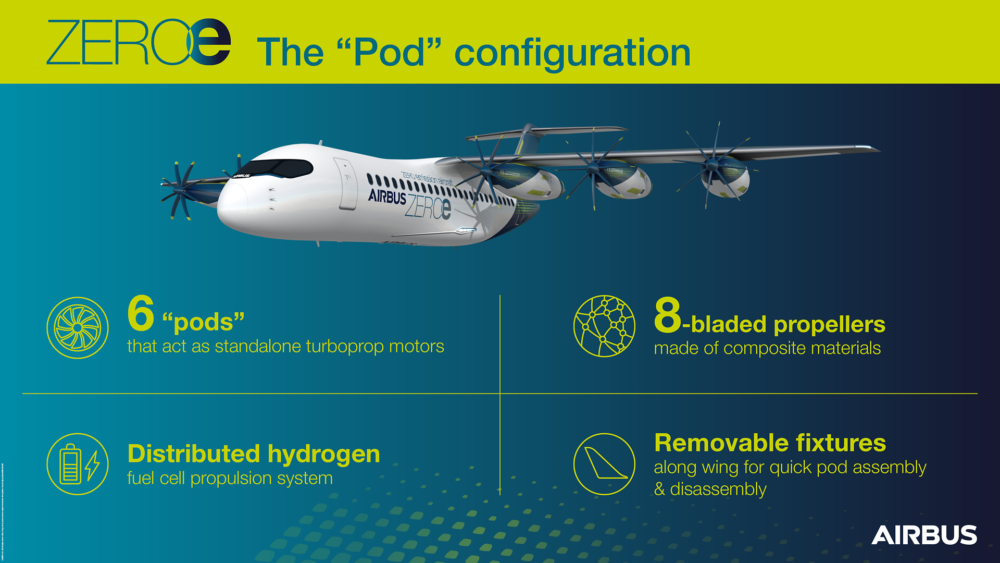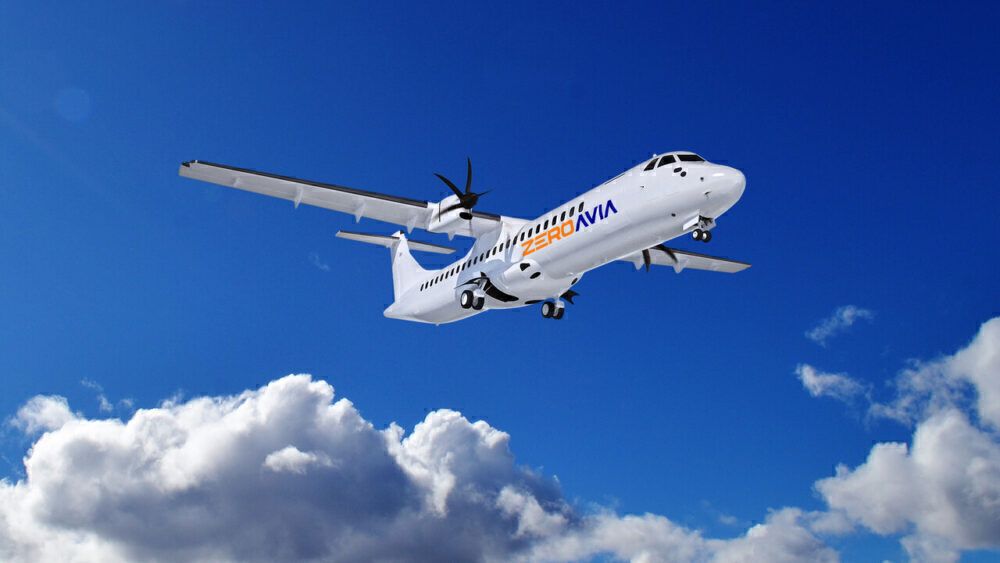That commercial aviation needs to do everything it can to mitigate its contribution to greenhouse gas emissions is no longer up for debate. Airlines are investing in everything from carbon capture to sustainable aviation fuels, along with hydrogen-powered and electric aircraft. But which of the latter two is the better option?
Innovation in the midst of crisis
It has become increasingly clear over the past few years that with our current energy consumption only expected to grow along with the Earth's population, we are on a trajectory set to change life on the planet as we know it forever.
Aviation is also predicted to grow substantially over the next couple of decades, despite the hiccup caused by the fallout from the ongoing global crisis. With aircraft emissions forecasted to triple during the first half of the century, it must do its part in mitigating transport-related climate impact.
The past twelve months have been like no other, bringing much of commercial aviation to its knees. However, the year has also been full of innovation and promise when it comes to shifting towards a more sustainable way of traversing the skies.
While still some way from becoming commercially viable, electric and hydrogen-powered aircraft are no longer mere ideas in some futuristic sci-fi-fi novel. Rather, they are on the brink of generating a seismic shift in aviation technology. And it is not necessarily a question of one over the other, but rather how the technologies can be put to the very best use across various segments - and when.
Stay informed: Sign up for our daily and weekly aviation news digests.
Different segments
To put things into relative perspective, Sweden's Heart Aerospace says it will deliver its first ES-19 electric airliner by 2026. The plane will have 19 seats and be able to operate at a range of about 216 nautical miles.
Close-by, Norwegian authorities aim for all domestic flights to be electric by 2040, and regional airline Widerøe has partnered with Rolls-Royce to develop an all-electric passenger aircraft. Based on the Tecnam P2012 Traveller, the concept plane will seat 11 passengers and is also intended to enter service in 2026.
Meanwhile, Airbus' hydrogen concept planes, which could enter service in 2035, are meant for between 100 and 200 passengers and will have a range of 2,000 nautical miles. Hydrogen, while containing almost as much as three times the energy pound for pound as fossil fuels, also takes up about four times the volume due to a lower energy density.
However, there are also smaller aircraft hydrogen projects that could enter the airspace much sooner. In the UK, the HEART (do not confuse with Heart Aerospace, it is a popular acronym that stands for Hydrogen Electric and Automated Regional Transportation) project is hoping to make hydrogen-powered flights for between nine and 19 passengers a reality by 2025.
Electric infrastructure requires less investment
When it comes to infrastructure, adapting to electric flight will be easier - which also means less costly - a win in aviation, as in any business. Charging poles will need to be installed at airports, but other than that, the electrical grid is already in place. Meanwhile, transporting, storing, and refueling hydrogen requires investments on a much larger scale.
A specific challenge is how to store hydrogen onboard the aircraft. Liquid hydrogen is the more promising option, whereas hydrogen as compressed gas would require more weight and volume.
Liquifying hydrogen is another step that must be dealt with. The process involves cooling gaseous hydrogen to below −253°C (−423°F) and requires about 30% of the energy content of the hydrogen itself. Moreover, it is expensive.
Will the public embrace hydrogen?
Public perception of the safety of hydrogen is also an issue. According to a survey reported by the World Economic Forum, only about half the respondents considered hydrogen to be 'generally safe,' while 30% even believed it to be 'generally dangerous'.
Last year, British Airways partner ZeroAvia successfully completed the first hydrogen fuel-cell powered flight with its Piper Malibu Meridian aircraft. The aircraft was damaged during an off-airport landing during a test flight last week. However, as the plane did not erupt in flames, some say it was proof that hydrogen planes are safe, and will not necessarily lead to Hindenburg-style spectacular disasters.
Electrical aircraft could also be deemed preferable when it comes to noise pollution. Anyone who has ever been surprised by an electric scooter or car knows how silent they can be. Actively reducing noise around airports will benefit both wildlife and the people living close by.
Batteries not progressing fast enough
The main problem with electric flight is that batteries are not improving at the desired rate. For instance, when Airbus unveiled its three sustainable aircraft concepts in September 2020, it chose hydrogen as a primary propulsion source specifically because electric battery technology was deemed to lag behind the planemaker's target for a zero-emissions commercial aircraft.
Actual zero emissions is a difficult target
However, the real question is - what is best for the environment? As always, when it comes to energy sources and their sustainability, it is not only a matter of what happens when they are being utilized - but how they are produced.
If electricity is generated by a powerplant burning coal, it is not very green at all and still contributes to the use of fossil fuels and pollution. Whereas if a hydropower plant converts kinetic energy from falling water to mechanical energy and on to electricity, it comes from a renewable source.
Meanwhile, the same is even more true for hydrogen. Hydrogen in and of itself is a clean fuel. However, the production of hydrogen is still incredibly polluting. For a shift towards hydrogen to support the true decarbonization of aviation, the production of so-called 'green' hydrogen must ramp up significantly.
Regardless of the exact environmental applications, most likely electric and hybrid aircraft will complement each other. After all, as previously stated, commercial electric flight will not require massive infrastructure investments, and it will most likely be available before hydrogen aircraft make it to market.
Thus, the two can complement each other. Electric aircraft will probably become prominent in urban mobility and commuter markets, while hydrogen will power airplanes designed for medium-haul routes.
What do you see as the pros and cons of electric vs. hydrogen? What do you think will become more prevalent in the near future? Leave a comment below and let us know.






